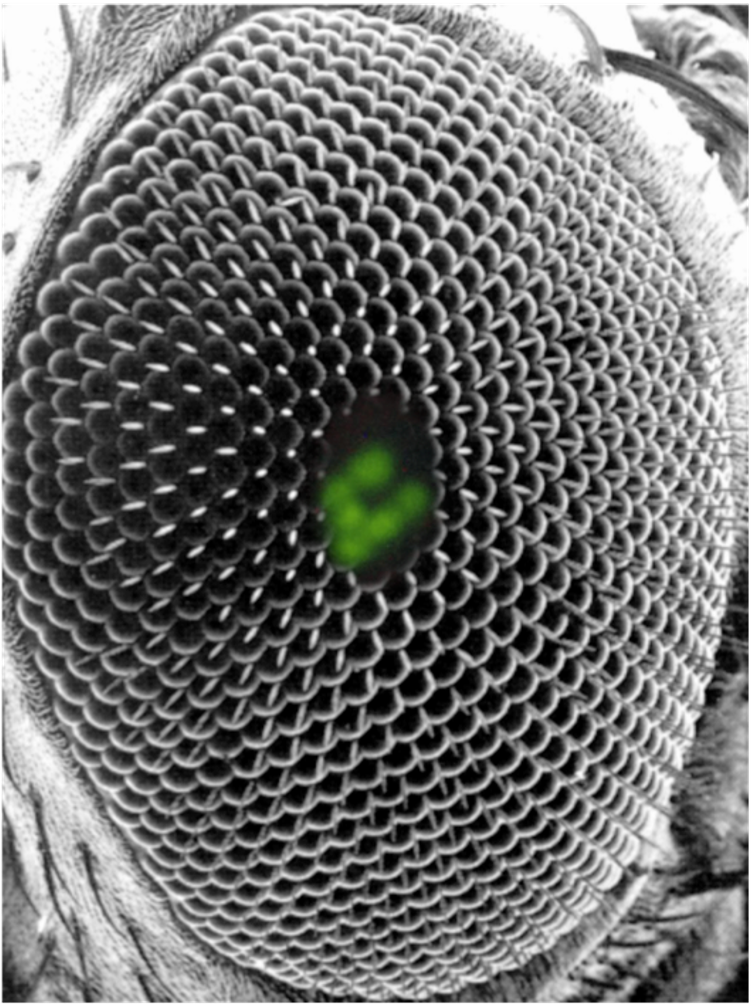In the intricate world of cellular biology, lipids are essential players, that serve as building blocks of cellular structure and information transfer. These lipid molecules traverse the cellular landscape through a complex transport machinery, mediated by Lipid Transfer Proteins (LTPs). Any disruption to this transport mechanism can affect cellular integrity, potentially leading to neurodegenerative disorders such as Alzheimer's and Parkinson's disease.
While the importance of LTPs in maintaining neural health is well recognised, the precise mechanisms by which they regulate neuronal function remain elusive. Addressing this knowledge gap, a team from Prof. Raghu Padinjat’s lab at the National Centre for Biological Sciences (NCBS), investigated the LTP-mediated neural health regulation.
The recently published study used the fruit fly to examine a specific LTP known as retinal degeneration B (RDGB) which plays an important role in the neurodegeneration (loss of neural organization) of the retina– a well-established model for investigating cellular transport machinery.
At the heart of this machinery lies the Membrane Contact Site (MCS), akin to a bustling transport hub where LTPs interact with other proteins to shuttle lipid cargo within the cell. One key player in this interaction is VAP (Vesicle-Associated Membrane Protein–Associated Protein), a protein essential for cargo positioning and structural stability in the endoplasmic reticulum, similar to a crane in a shipyard.
In the study, researchers employed protein pulldown assay, a technique that isolates interacting proteins, to identify the ones associated with VAP at the MCS. While many of the identified proteins did not directly interact with VAP, they formed a network of associated proteins, hinting at the complexity of cellular interactions. Researchers analysed all 401 identified proteins in live flies to explore their impact on retinal degeneration.
The team uncovered a subset of suppressor proteins capable of delaying retinal degeneration in fly models, offering hope for therapeutic interventions. "The present paper identifies several proteins of different classes that influence RDGB biochemical function in fly photoreceptors. Many of these modulators are known to be implicated in neurodegeneration and neurodevelopmental disorders. Our study could be used as a platform for further understanding and in-depth characterization of identified candidates in the context of lipid transfer regulation, neuronal structure, and signaling”, said Dr Mishra, lead author of the study.
The translational relevance of these findings is underscored by the identification of human homologs of these suppressor proteins, many of which have been linked to neurodegenerative disorders. However, the researchers sought to understand, at which stage in the process of neural degeneration these suppressors act.
Utilising electroretinogram (ERG) scanning, the team identified six suppressors capable of affecting retinal function early and recognised them as potential initiators of neuronal degeneration. Furthermore, their investigation into shared pathways between RDGB and another fruit fly mutant, norpA, revealed some common players that acted later in the neuronal degeneration pathway. These genes have diverse roles in cellular function, notably in transcriptional regulation and ubiquitination.
Transcriptional regulation governs the production of proteins essential for neuronal function. It controls gene expression, and determines which proteins are synthesized and in what quantities, thereby influencing neural health at a fundamental level.
Similarly, ubiquitination plays a crucial role in regulating protein function. This process marks them for degradation or alters their activity, fine-tuning cellular processes and contributing to the maintenance of neuronal health.
“The results of this study provide unexpected new insights into the cellular organisation of neurons and hence a better understanding of their function. Our work also provides ways to develop new medicines to treat neurodegenerative diseases”, says Prof. Raghu Padinjat, corresponding author.










0 Comments